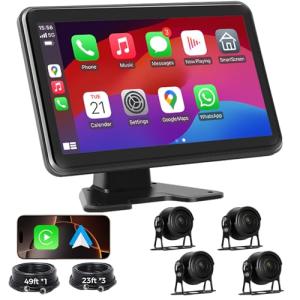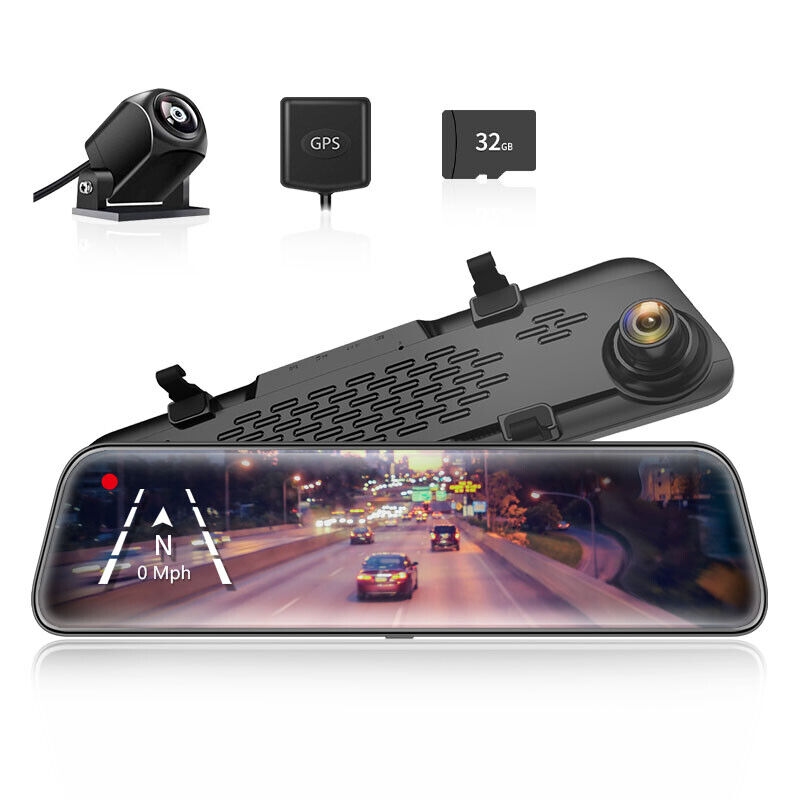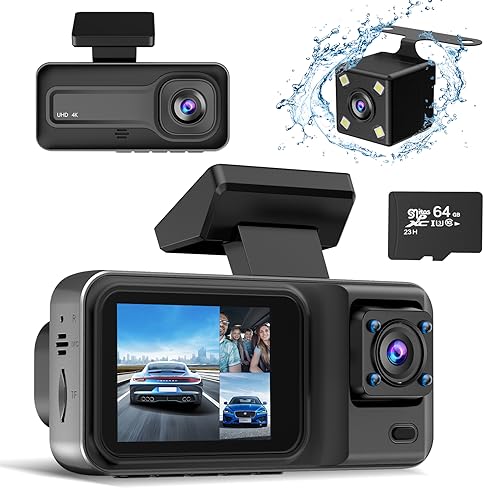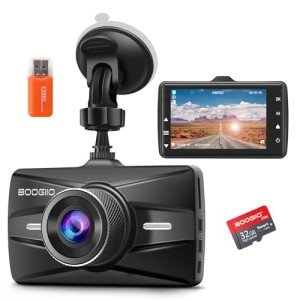First things first, choose the right digital camera for you. Whether you opt for a compact point-and-shoot or a more advanced DSL camera, think about what you’ll be using it for. If you want something portable for everyday moments, a smaller camera is a great fit. If you’re all about photography as a hobby or profession, consider investing in something with interchangeable lenses.
Next, familiarize yourself with the key settings. You’ll want to learn about aperture, shutter speed, and ISO settings. These three factors work together to help you capture amazing images. Don’t stress if it feels like a lot; start with automatic settings and slowly experiment with manual ones as you gain confidence.
Lastly, remember to practice! Take your digital camera out and snap photos of everything you see. Experiment with different lighting and angles. Review your shots to see what works and what doesn’t. The more you shoot, the better you’ll get. Enjoy the journey of learning and have fun capturing awesome moments!
Understanding Camera Settings and Features
Getting the hang of your camera settings is a game changer when it comes to taking great photos. Digital cameras come with tons of options that can feel overwhelming at first, but once you understand the basics, everything clicks into place. Let’s break down some key features that will help you capture stunning images.
First off, let's talk about exposure. This is crucial because it controls how much light hits your camera’s sensor. You’ve got three main components to keep in mind: aperture, shutter speed, and ISO. Think of them like a team working together. Aperture determines how wide the lens opens, which affects depth of field. A wider aperture (smaller f-number) gives you that dreamy background blur. Shutter speed controls how long the sensor is exposed to light. Faster speeds can freeze motion, while slower ones can create a nice blur effect if you're going for that artistic vibe. Lastly, ISO adjusts the camera’s sensitivity to light, which can help in darker situations but be careful—raising it too high can introduce noise.
Next up, focus modes. Most digital cameras offer different focus settings, like single-shot, continuous, and manual. Single-shot is great for static subjects, while continuous focus is perfect for action shots. Manual focus can give you full control and is handy when you want to pick precisely where to focus, especially in tricky lighting or macro photography.
Don't forget about white balance! Different lighting can throw off colors in your photos. Easily adjust your camera's white balance settings to match the environment—daylight, shade, tungsten, or even custom settings. This will help you keep those colors true to life, so your photos look vibrant and not washed out.
Lastly, get familiar with shooting modes. Digital cameras often come with automatic, semi-automatic, and manual options. In automatic mode, the camera does most of the thinking for you. As you become more comfortable, switch to semi-automatic modes like aperture priority or shutter priority to have a little more control without going fully manual. If you’re feeling adventurous, manual mode gives you total control, allowing you to adjust every setting without any assistance from the camera.
Losuudy 4 Channel Backup Camera Dash Cam System for Trucks, RVs, Trailers, Carplay & Android Auto, 10'' Touch Screen Monitor, 4 HD1080P Wired Rearview Reverse Cameras with Night Vision, IP68-rated.
Product information
$269.99 $248.99
Product Review Score
4.9 out of 5 stars
101 reviewsProduct links
Tips for Capturing Beautiful Photos
Getting beautiful photos with digital cameras doesn’t have to be complicated. With a few simple tips, you can capture stunning images that you'll love to share. Here are some easy strategies for making the most of your digital camera.
First off, pay attention to the light. Natural light can make a huge difference. Try to shoot during the golden hour, which is the hour after sunrise and the hour before sunset. The soft, warm light during these times brings out vibrant colors and adds a lovely glow. If you must shoot in harsh sunlight, look for shaded spots to avoid those harsh shadows.
Next up, composition is key. Use the rule of thirds to make your images more interesting. Imagine breaking your frame into a 3x3 grid, and place your subject along those lines or at their intersections. It really helps in creating more dynamic shots. Don’t be afraid to change your perspective, too. Get low, shoot from above, or find unique angles. This adds creativity and depth to your photos.
Lastly, don’t forget to play with settings on your digital camera. Adjusting the aperture, ISO, and shutter speed can dramatically change the outcome of your photos. Lowering the aperture creates a nice blur in the background, which is perfect for portraits. Higher ISO settings work great in low light, while adjusting shutter speed can help you freeze motion or create beautiful light trails.
With these tips in mind, you’ll be well on your way to capturing amazing photos with your digital cameras. Get out there, experiment, and have fun! Happy shooting!
12" Dual Cameras WOLFBOX G840S Mirror Dash Cam
Capture every detail on the road with the high-definition 12" Dual Cameras WOLFBOX G840S Mirror Dash Cam
Product information
$99.99 $74.99
Product Review Score
4.34 out of 5 stars
133 reviewsProduct links
Editing Your Shots for Extra Impact
Editing your photos can really take your shots from "meh" to "wow!" With digital cameras, you have the ability to adjust and fine-tune your images right from your computer or smartphone. A bit of editing can enhance colors, fix exposure issues, and even crop out distractions, making your photos pop.
First off, don’t stress about the editing process. There are plenty of user-friendly software options out there. Tools like Adobe Lightroom or even mobile apps like Snapseed let you play around with your images in a fun way. Adjust brightness, contrast, and saturation to match your style. A little tweak can dramatically change the mood of your photo.
Always keep an eye on the details. Zoom in and make sure everything looks sharp. You might notice spots or blemishes that need cleaning up, and it’s super easy to fix with the right tools. Want to remove unwanted objects? Many editing programs offer clone or heal tools that help erase distractions seamlessly.
Finally, don’t forget about filters! They can add a creative touch to your images without much effort. Whether you want a vintage vibe or a vibrant look, filters can quickly shift the feel of your photo. Experiment a bit until you find what fits best with the stunning shots you’re capturing with your digital cameras.






